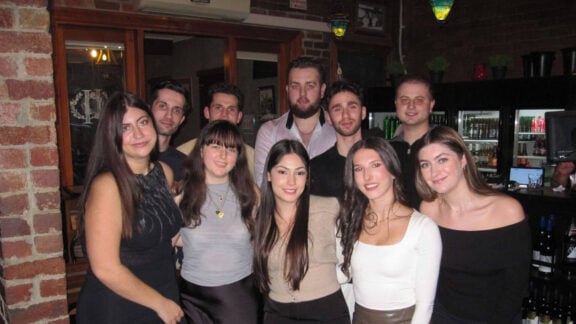A couple from Queensland, Allan and Barbara Pease, have made an unusual decision – to be cryogenically frozen together after death, with the hope of being revived in the future.
They said that this should only happen if both of them succeed.
Cryonics is a controversial field that involves freezing the bodies of clinically dead individuals at -196°C, with the hope of reviving them in the future if medical science advances sufficiently.
Allan and Barbara Pease, experts in body language, communication, and relationships, have been married for 35 years.
They want the story of their love to continue even after death.
In a recent interview on 9Now‘s 60 Minutes Australia, Allan Pease said that he trusts in the new technology.
“They have the technology to put us in, but they haven’t yet figured out how to get us out, and there is always a risk. But the alternative solution is eternal darkness…” he said.
The Peases will be cryogenically frozen together at a newly built facility in New South Wales, operated by Southern Cryonics, the first facility of its kind in the southern hemisphere.
When the time comes, their bodies will be transported from their home in Queensland to the cryonics facility in the rural town of Holbrook, New South Wales. They will be placed in frozen tanks and remain there until science progresses enough to bring them back to life, a process that could take up to 100 years.
“I think the world will definitely be a different place, but I am excited about it. Coming back and having our babies and grandchildren here would be amazing, but even if they choose not to ‘freeze’ us, our descendants will still be around,” Barbara Pease said.
While there is no guarantee of future revival, cryonics enthusiasts like the Peases are willing to take the risk for a chance at life after death.
“This is cryonics, it’s a parachute,” Southern Cryonics director, Greek Australian Peter Tsolakides said explaining that despite skepticism from medical experts, cryonics is the future for those who seek a second chance at life.
The hope is that within the next few decades, advancements in science and technology will make it possible to revive them.
During a visit by 60 Minutes to the site in Holbrook, Tsolakides and his team were seen on TV conducting tests on the liquid nitrogen flow into the cooling chamber.
“We’re still in the testing phase, but we’re prepared to handle a patient if needed,” he said, as a mist of liquid nitrogen enveloped the large chest containing a test dummy.
Tsolakides, opened this facility after a successful career with global oil companies as a retirement project even though he was fascinated by science and cryopreservation his entire life.
“We selected a location with minimal earthquake, fire, and flood risks,” he said.
“Being situated on the Hume Highway or a liquid nitrogen delivery route was also crucial. We don’t require electricity; a reliable supply of liquid nitrogen is our top priority.”
Much of the knowledge and technology used at the Holbrook site is derived from the world’s oldest cryonics facility in Scottsdale, Arizona. The Alcor Life Extension Foundation has been preserving patients’ bodies and brains for over 50 years.
Currently, t patient storage room has 40 steel and aluminium tanks that hold more than 200 members. Some choose only to have their heads preserved, in the hope that one day science may be able to engineer them a new body.









